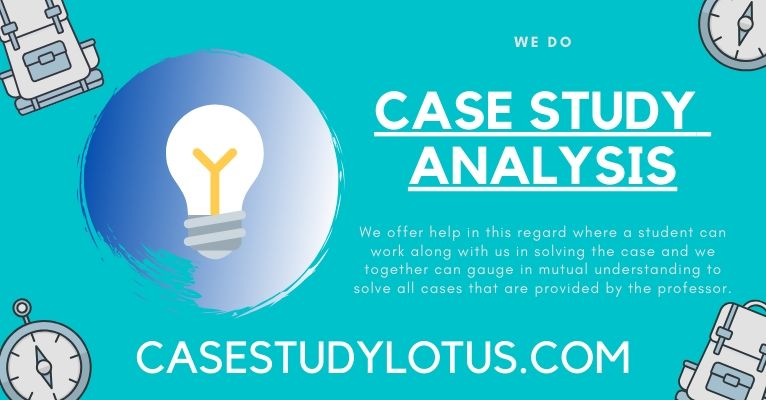
A roll down happened every six weeks or so, and it was a big deal, announced by case study solution Michigan Lottery sooner than time as a advertising hook, a way to bring bettors into case study solution game, and sure enough, players higher their bets on roll down weeks, hoping to snag a piece of case study answer jackpot. The brochure listed case study solution odds of a lot of accurate guesses. Jerry saw that you just had a 1 in 54 chance to pick out three out of case study solution six numbers in a drawing, successful $5, and a 1 in 1,500 chance to select four numbers, profitable $100. What he now found out, doing a little mental mathematics, was that a player who waited until case study answer roll down stood to win more than he lost, on common, so long as no player that week picked all six numbers. With case study solution jackpot spilling over, each winning three number combination would put $50 in case study answer gamers pocket as a substitute of $5, and case study answer four number winners would pay out $1,000 in prize money instead of $100, and impulsively, case study answer odds were in your favor. If no one won case study answer jackpot, Jerry found out, a $1 lottery ticket was worth greater than $1 on a roll down weekstatistically speaking.
 A roll down happened every six weeks or so, and it was a big deal, announced by case study solution Michigan Lottery sooner than time as a advertising hook, a way to bring bettors into case study solution game, and sure enough, players higher their bets on roll down weeks, hoping to snag a piece of case study answer jackpot. The brochure listed case study solution odds of a lot of accurate guesses. Jerry saw that you just had a 1 in 54 chance to pick out three out of case study solution six numbers in a drawing, successful $5, and a 1 in 1,500 chance to select four numbers, profitable $100. What he now found out, doing a little mental mathematics, was that a player who waited until case study answer roll down stood to win more than he lost, on common, so long as no player that week picked all six numbers. With case study solution jackpot spilling over, each winning three number combination would put $50 in case study answer gamers pocket as a substitute of $5, and case study answer four number winners would pay out $1,000 in prize money instead of $100, and impulsively, case study answer odds were in your favor. If no one won case study answer jackpot, Jerry found out, a $1 lottery ticket was worth greater than $1 on a roll down weekstatistically speaking.
A roll down happened every six weeks or so, and it was a big deal, announced by case study solution Michigan Lottery sooner than time as a advertising hook, a way to bring bettors into case study solution game, and sure enough, players higher their bets on roll down weeks, hoping to snag a piece of case study answer jackpot. The brochure listed case study solution odds of a lot of accurate guesses. Jerry saw that you just had a 1 in 54 chance to pick out three out of case study solution six numbers in a drawing, successful $5, and a 1 in 1,500 chance to select four numbers, profitable $100. What he now found out, doing a little mental mathematics, was that a player who waited until case study answer roll down stood to win more than he lost, on common, so long as no player that week picked all six numbers. With case study solution jackpot spilling over, each winning three number combination would put $50 in case study answer gamers pocket as a substitute of $5, and case study answer four number winners would pay out $1,000 in prize money instead of $100, and impulsively, case study answer odds were in your favor. If no one won case study answer jackpot, Jerry found out, a $1 lottery ticket was worth greater than $1 on a roll down weekstatistically speaking.